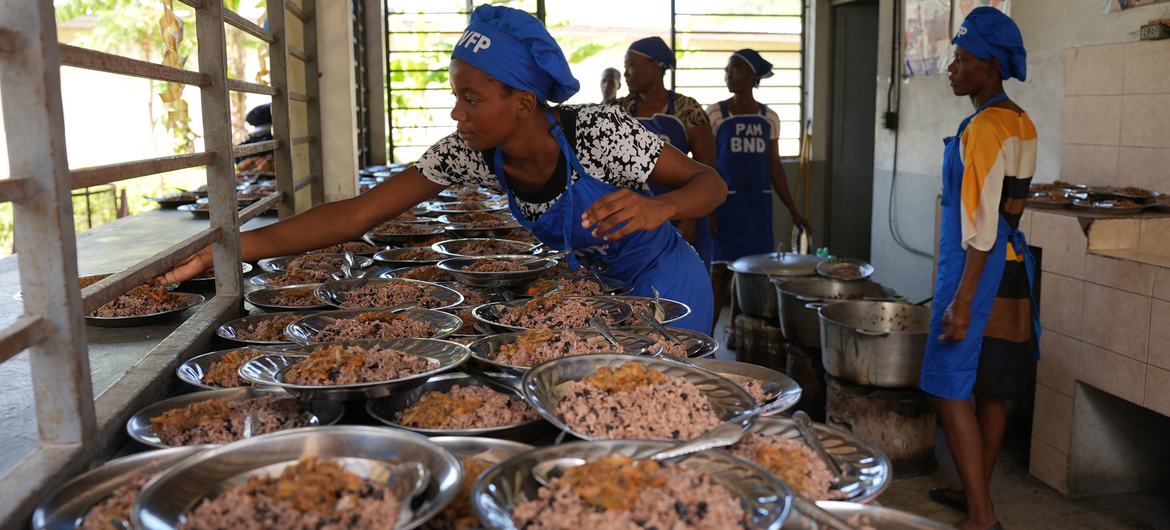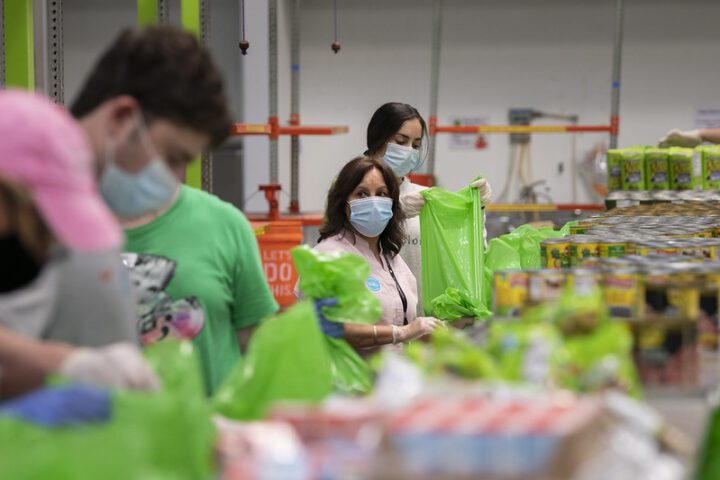Nearly 80 million more children worldwide now receive school meals through government-led programs compared to 2020, the World Food Programme (WFP) reports. This 20% increase brings the global total to 466 million children benefiting from what has become the world’s largest social safety net for children. “School meals are so much more than just a plate of nutritious food. For vulnerable children, they are a pathway out of poverty and into a new world of learning and opportunity,” said WFP Executive Director Cindy McCain.
The WFP’s “State of School Feeding Worldwide 2024″ shows that funding for school meals has doubled from $43 billion in 2020 to $84 billion in 2024. National governments now provide 99% of this funding rather than international aid.
Africa leads this growth with an additional 20 million children now receiving meals through national programs. Kenya, Madagascar, Ethiopia, and Rwanda show notable progress. Kenya plans to more than double its school meals budget from $15 million to $35 million in 2024.
Despite progress, gaps remain. Coverage in low-income countries stands at only 27%, compared to 80% in high-income nations. About half of all primary school-aged children worldwide still don’t receive school meals.
“The surge in nationally funded school meal programs shows what’s possible, even in challenging times. But in low-income countries, where needs are greatest, progress remains at risk as global aid shifts and domestic resources fall short,” said Carmen Burbano, WFP’s Director of School Meals.
New evidence shows school meals improve literacy and math skills, often outperforming traditional educational approaches like teacher training or technology investments.
The economic benefits are substantial. Feeding 466 million children creates an estimated 7.4 million cooking jobs globally, with about 1,500 jobs for every 100,000 children served. In Malawi, every $1 invested in school meals returns $2 to $18 depending on the region.
Similar Posts
The School Meals Coalition, a network of over 100 governments with WFP as secretariat, has driven much of this progress. Two-thirds of newly reached children are in Coalition member countries. The number of countries with national school meals policies has nearly doubled since 2020, from 56 to 107.
The second School Meals Coalition Global Summit will take place in Fortaleza, Brazil, on September 18-19, 2024. Leaders will assess progress and plan actions to reach the goal of ensuring every child receives a healthy meal in school by 2030.
Professor Donald Bundy, co-editorial lead for the report, noted that “it’s only now that we’re really recognizing that the wellbeing of school children and adolescents is key to their learning ability.”
School meal programs also strengthen local food systems when they source ingredients from nearby farmers. This creates reliable markets for smallholders, encourages crop diversification, boosts rural economies, and supports sustainable farming practices.
While this expansion represents a success story in international development, the WFP emphasizes that targeted support remains essential to help low-income countries close the coverage gap and achieve universal access to school meals by 2030.



















